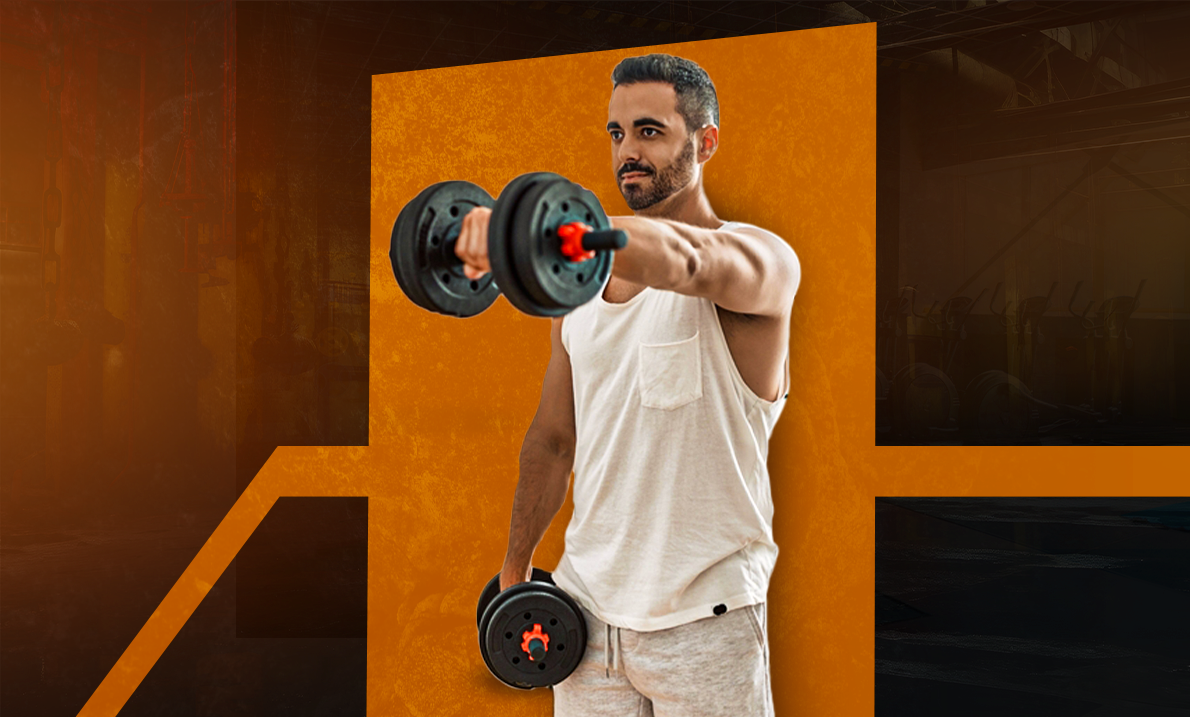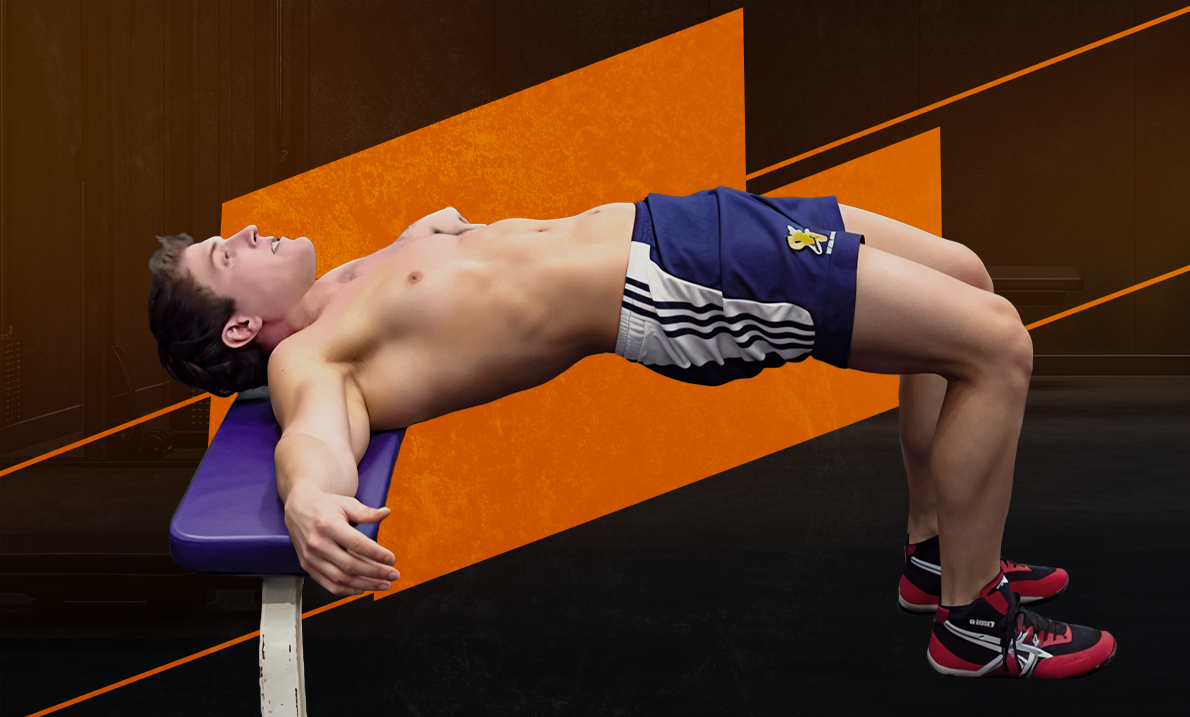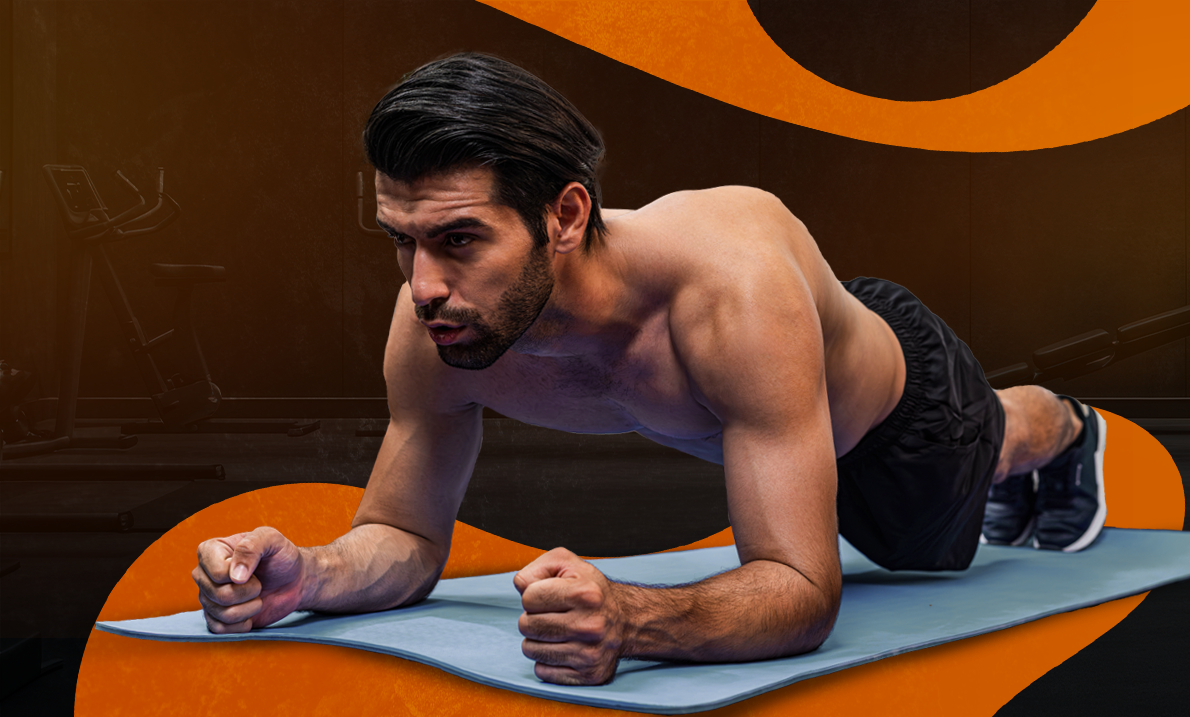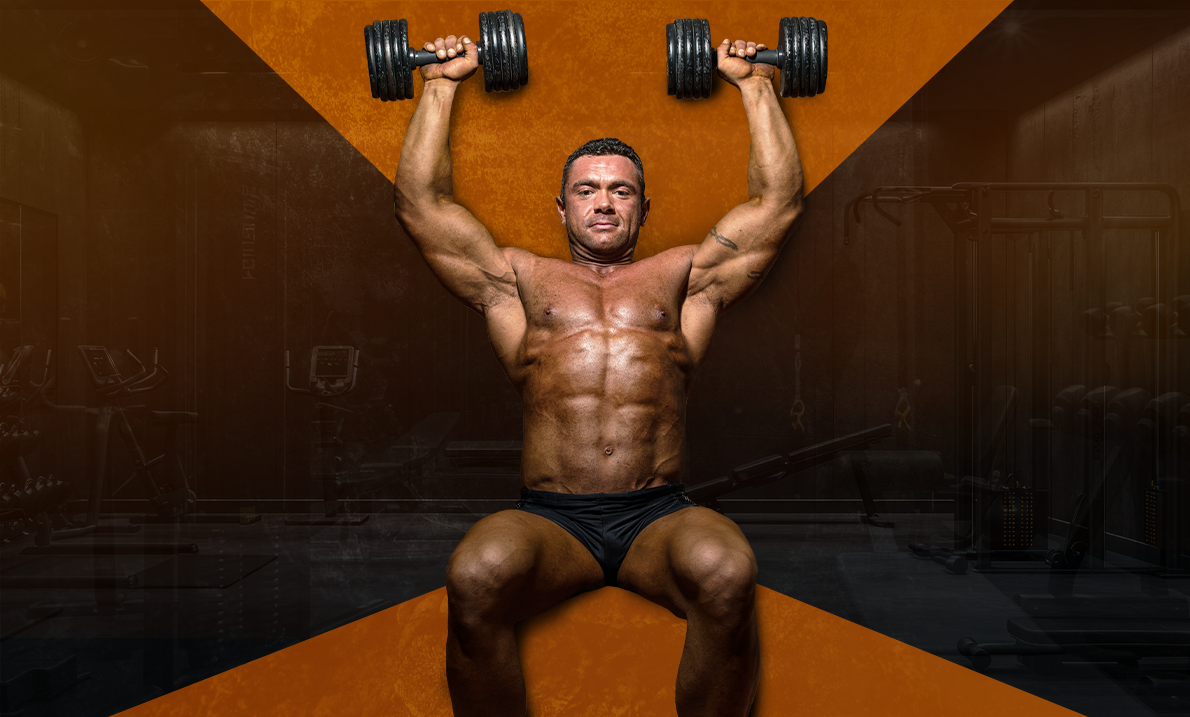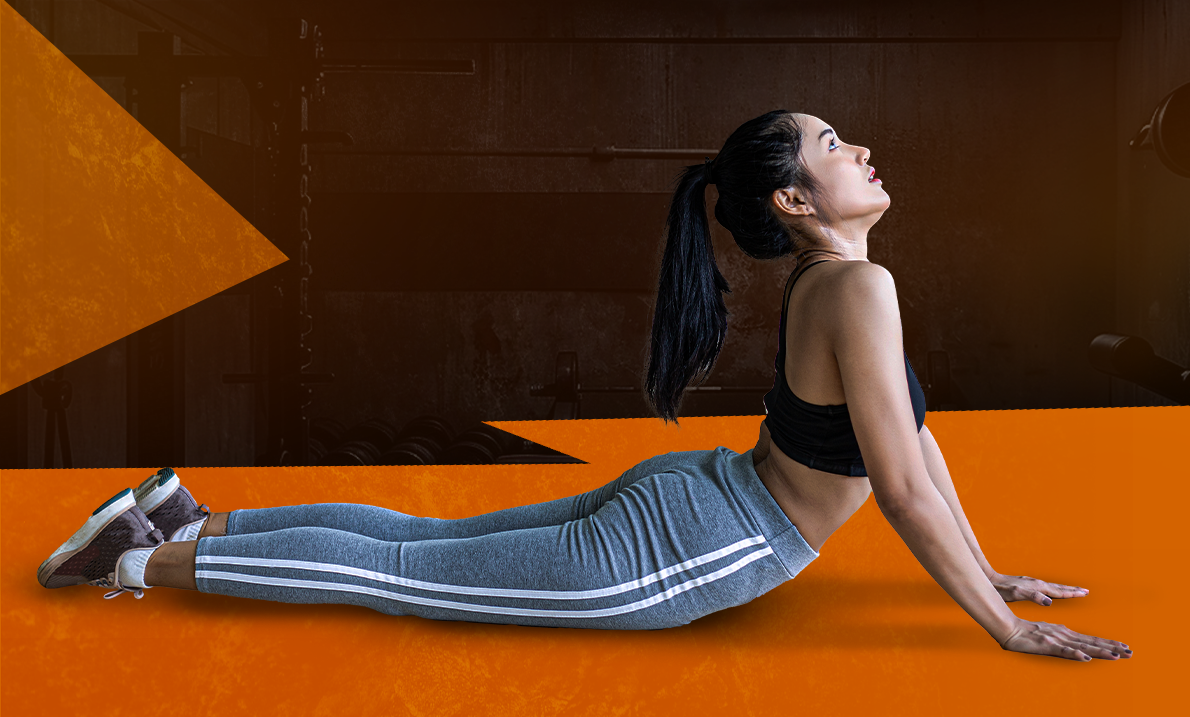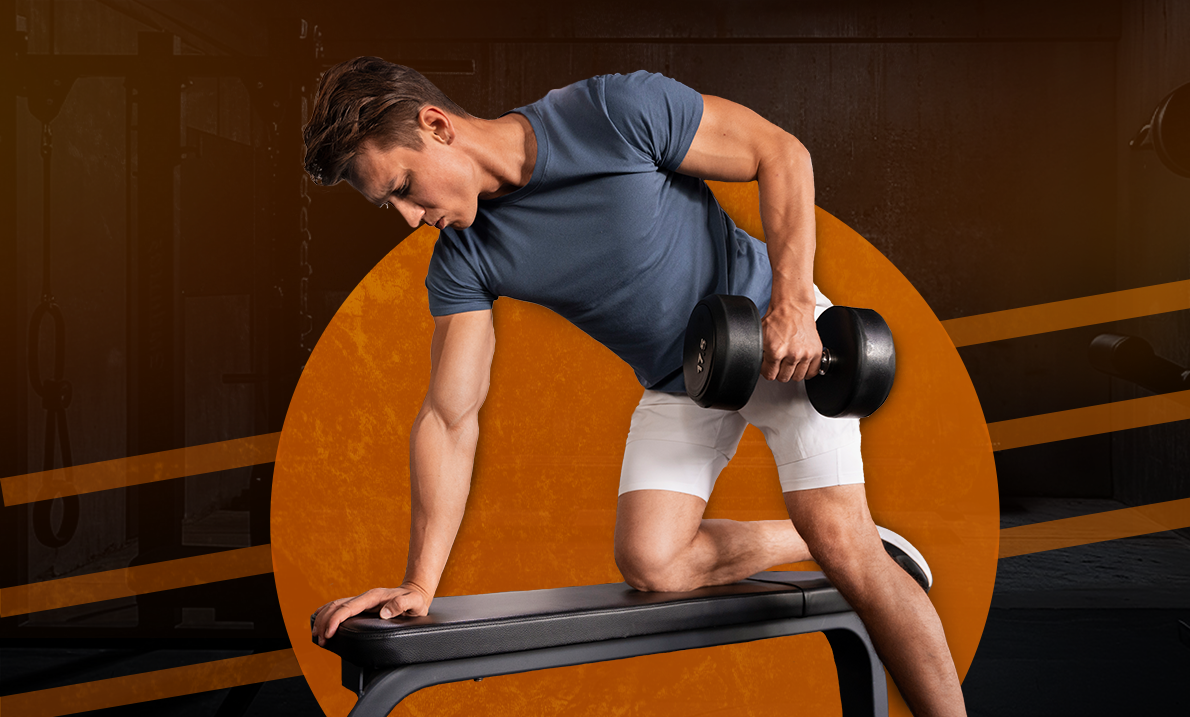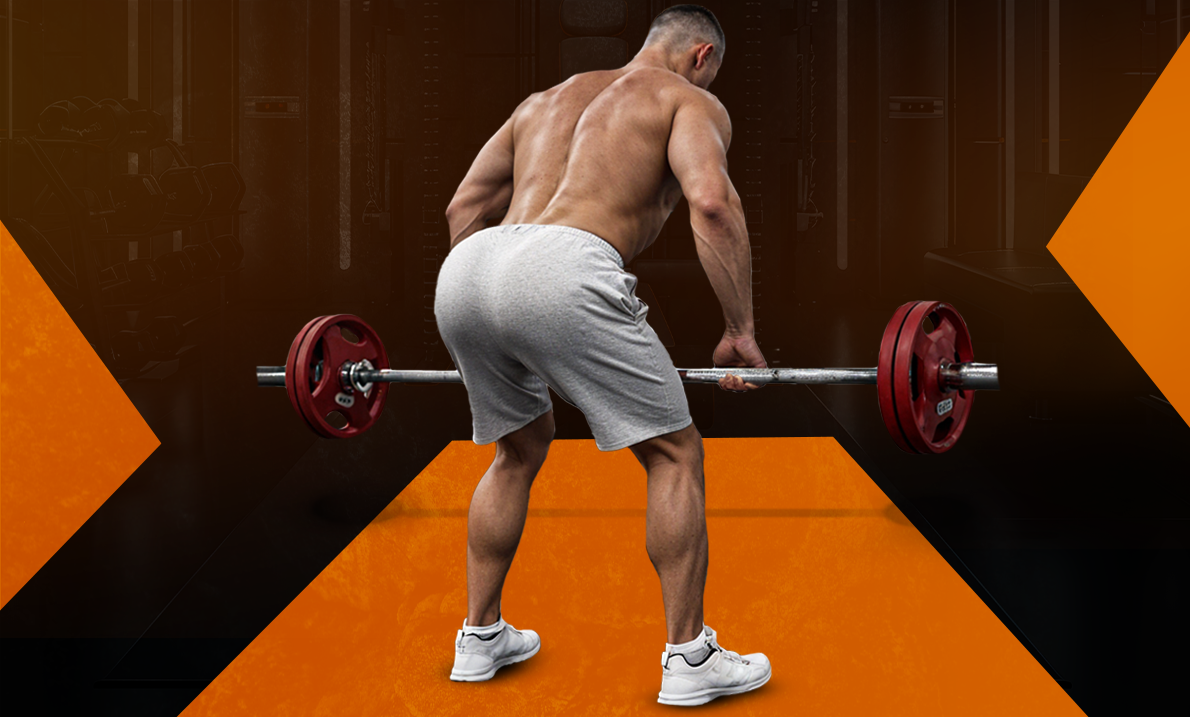The alternate hammer curl is a variation of the standard hammer curl, where you curl one dumbbell at a time, alternating arms. This exercise still targets the arms but allows you to focus on each side individually, enhancing muscular balance and strength. It’s a great move for isolating the biceps and forearms, building overall arm strength, and improving grip power. All you need are dumbbells, and you’re good to go.
MUSCLES WORKED IN Alternate HAMMER CURLS
The alternate hammer curl is a comprehensive exercise involving multiple muscles.
Primary Muscles Worked
- Biceps Brachii: Targeting the upper arm for overall strength and aesthetics.
- Brachialis: The muscle underneath the biceps that adds thickness to your upper arm.
- Brachioradialis: Located in the forearm, this muscle enhances grip strength and forearm size.
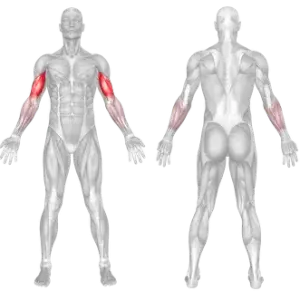
Secondary Muscles Worked
- Deltoids: Helping stabilise the movement during the curl.
- Trapezius: Supporting shoulder stability.
- Core: Engaged for posture and balance during the exercise.
BENEFITS OF Alternate HAMMER CURLS
Alternate hammer curl isn’t just about aesthetics—it offers functional and performance-related advantages
Improves Muscle Imbalance
Alternating between arms helps correct muscle imbalances, giving each arm the focus it needs.
Boosts Forearm Strength
By maintaining a neutral grip throughout, it improves forearm strength and grip endurance.
Increases Core Engagement
The alternating motion requires core activation for stability, working your abs and lower back.
Better Injury Prevention
The controlled, one-arm-at-a-time approach reduces the risk of strain or injury from improper form.
HOW TO PERFORM Alternate HAMMER CURLS?
Performing the alternate hammer curl correctly ensures maximum muscle activation and prevents injuries. Here’s how to do it step by step
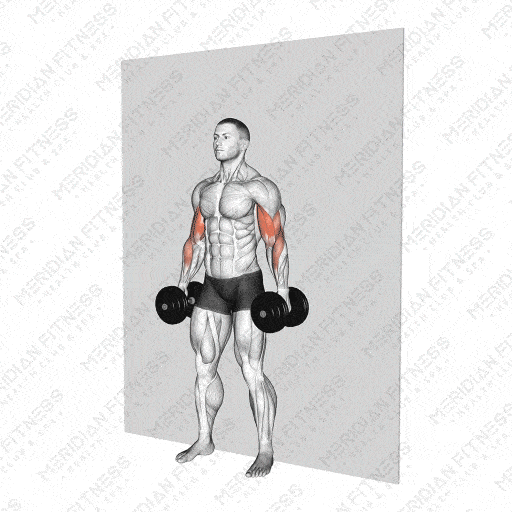
STEP 1: THE SETUP
- Stand with feet shoulder-width apart, holding a dumbbell in each hand with a neutral grip (palms facing inwards).
- Keep your arms straight down by your sides, elbows close to the torso, and engage your core.
STEP 2: CURLing the Dumbbell
- Exhale and curl one dumbbell towards your shoulder while keeping the other arm stationary.
- Focus on a controlled movement, and avoid swinging the dumbbell.
STEP 3: LOWERING THE DUMBBELL
- Slowly lower the dumbbell back to the starting position while inhaling.
- Repeat with the other arm, alternating for each rep.
COMMON MISTAKES TO AVOID
Precision is key in alternate hammer curls. Avoid these common errors to maximize gains and prevent injury:
Swinging the Dumbbell
Avoid using momentum to lift the weight. Keep your movement slow and controlled.
Not Fully Extending the Arm
Ensure each arm is fully extended during the lowering phase to activate the muscles effectively.
Flaring Elbows
Keep your elbows tucked close to your sides throughout the movement to maintain proper form.
Overextending the Wrists
Don’t bend your wrists—keep them in line with your forearm to prevent injury.
VARIATIONS AND ALTERNATIVES
Alternate hammer curls can be customized to match your fitness level or training goals. Here are some variations to try
Seated Alternate Hammer Curl
Perform seated to prevent swinging and ensure strict form.
Cross-Body Alternate Hammer Curl
Bring the dumbbell across your chest for a slightly different angle on the biceps.
Resistance Band Alternate Hammer Curl
Use a resistance band for continuous tension throughout the movement.
Cable Machine Alternate Hammer Curl
Use a cable machine with a rope attachment for more consistent resistance.
Reps and Sets for All Levels
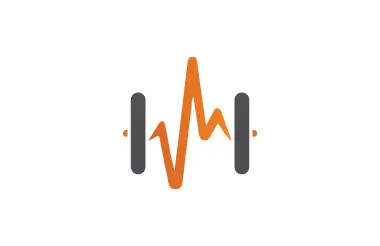
Beginner
8-10 reps per arm, 2-3 sets.
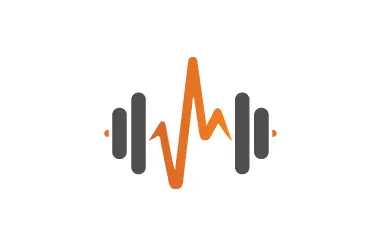
Intermediate
10-12 reps per arm, 3-4 sets.
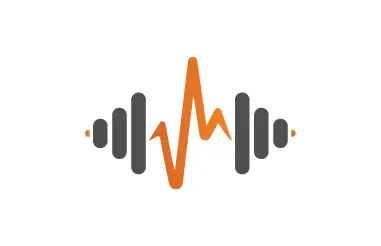
Advanced
12-15 reps per arm, 4-5 sets.
WHY INCLUDE Alternate HAMMER CURLS IN YOUR ROUTINE?
The alternate hammer curl is an excellent addition to your arm workout routine. You’re building balanced, strong arms while improving overall functional strength by targeting the biceps and forearms with a controlled alternating motion. Whether you’re new to fitness or a seasoned pro, this exercise is versatile and effective.
Ready to add some definition to your arms? Grab your dumbbells and get started.
